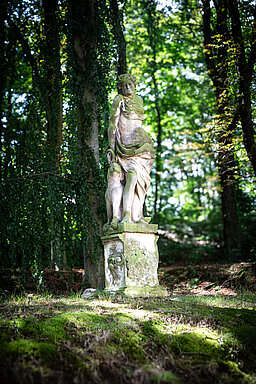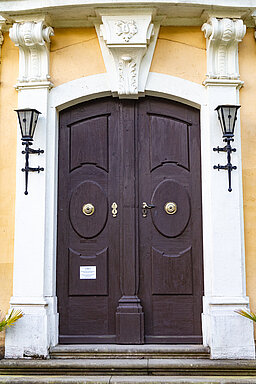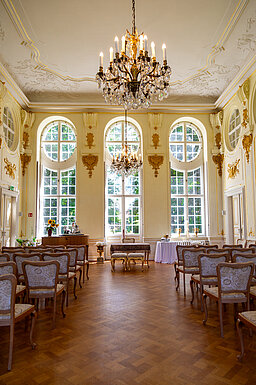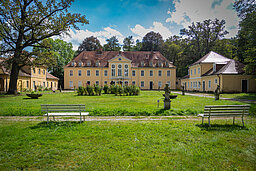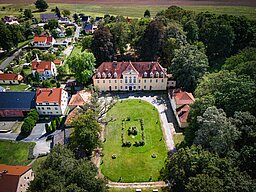

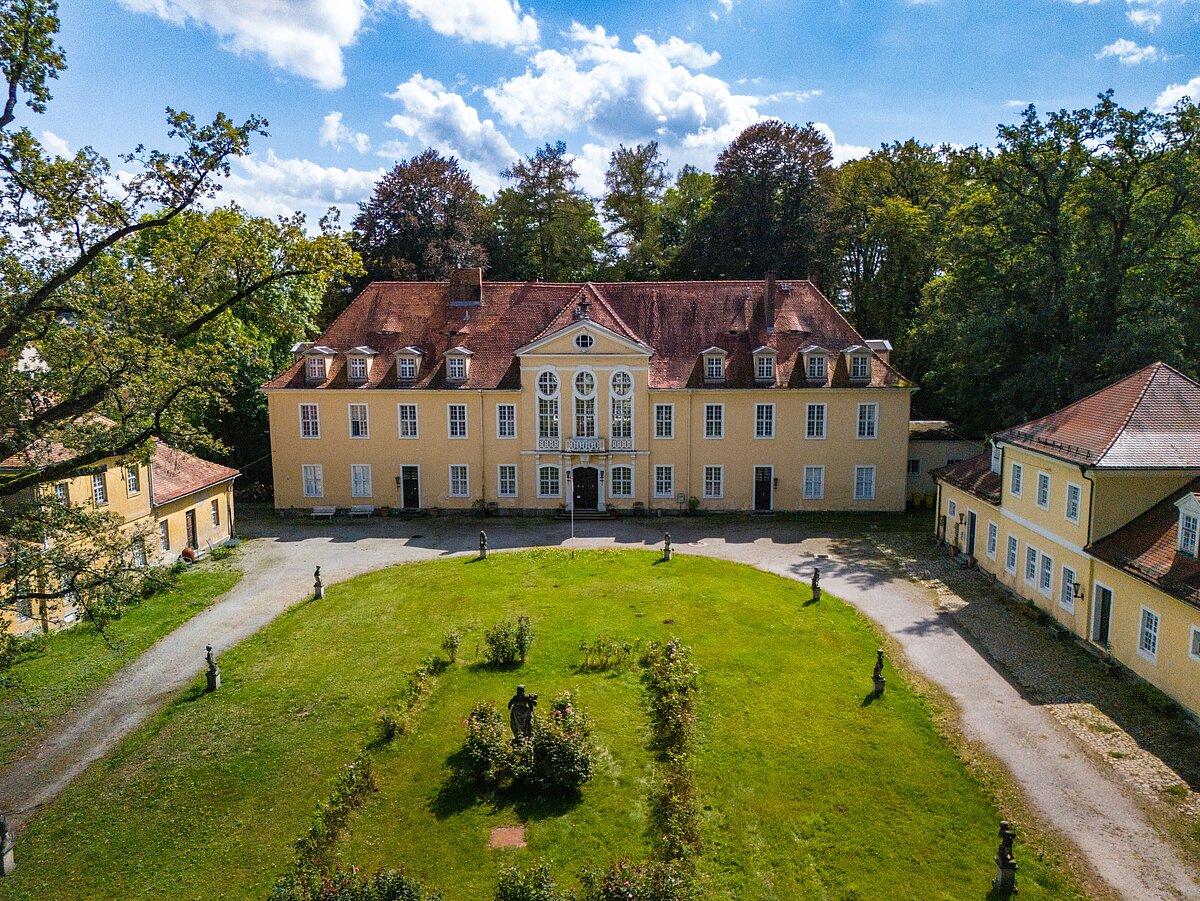
When Count Christian Gottlieb von Holtzendorff inherited the manor of Oberlichtenau around 1718, he needed accommodation befitting his status. So he had the baroque castle built, which is still embedded in a spacious English and French-style garden today. Some replicas of the 40 sandstone sculptures created for the park by Balthasar Permoser, one of the most important Baroque sculptors, can be discovered today on the “Baroque garden nature trail”.
Guided tours by appointment
By car: Leave the A4 at the Ottendorf-Okrilla exit. Follow the signs to Oberlichtenau. From there, follow the signs.
Public transportation: Take a train to Pulsnitz. From there, take a bus or cab to Oberlichtenau.
It was the time of Augustus the Strong. Even then, the sculptor Balthasar Permoser (1651-1732) and the architect Johann Christoph Knöffel (1686-1752) were considered important figures in their art. No wonder, then, that Count Christian Gottlieb von Holtzendorff commissioned them in 1724 to create a small paradise for him in Upper Lusatia: the baroque castle of Oberlichtenau. The heir to the former manor of Oberlichtenau, who is known for his immense love of building and his sense of beauty, needs accommodation befitting his status in order to be able to take up his inheritance. So he had Knöffel draw up plans for the new baroque building and the adjoining gardens, while around 40 sandstone sculptures were created in the Dresden studio of one of the most important baroque sculptors, which would later adorn the castle park.
Some replicas of these valuable sculptures can be discovered today on the “Baroque garden nature trail”. This was set up in 2021 by the “Freundeskreis Barockschloss Oberlichtenau” association to introduce walkers, school classes and other interested parties to the history of this hidden treasure. The baroque castle itself is only accessible on booked group tours. The 34 stations of the educational trail, which leads through the entire outdoor area, are equipped with QR codes that conceal interesting information about the two Baroque artists Knöffel and Permoser as well as the subsequent owners of the castle.
Barely 20 years after it was built, Count von Holtzendorff sold the baroque castle Oberlichtenau to the Saxon Minister Count Heinrich von Brühl, who had the baroque and garden halls in the castle and parts of the garden redesigned. This renovation also bears the signature of the Dresden court architect of the time, Johann Christoph Knöffel.
The fact that the baroque palace still exists at all and that classical music can once again be heard regularly in the historic halls and the annual carriage parade of the Keulenbergfahrt takes place in the palace courtyard is thanks to a daughter of Count von Brühl. She had it restored after King Frederick II of Prussia ordered the castle to be destroyed following Saxony's defeat in the Seven Years' War.
